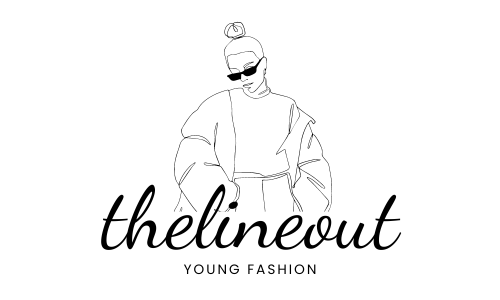The Influence of Virtual Reality on Fashion Design
As technology continues to advance, its impact on various industries is becoming increasingly evident. One field that has been significantly affected by these technological advancements is the world of fashion design. Virtual Reality (VR) has emerged as a powerful tool that is revolutionizing the way fashion designers create, showcase, and even sell their designs. In this article, we will explore the influence of virtual reality on fashion design and how it is transforming the industry.
Enhanced Creativity and Design Process
Virtual reality offers fashion designers a unique and immersive platform to explore their creativity. Through VR, designers can create 3D models of their garments and manipulate them in ways that were once impossible. This technology allows designers to experiment with different textures, patterns, and colors, transforming their initial ideas into tangible and lifelike representations.
Furthermore, the virtual environment allows designers to test their creation in various virtual scenarios, such as a runway show or even an interactive fashion exhibition. This ability to visualize and experience how their designs would look in real-life settings helps designers refine their concepts and make necessary modifications before they even begin the physical production process. The result is more refined and innovative designs that ultimately reach consumers.
Improved Collaboration and Accessibility
Virtual reality has also paved the way for improved collaboration among fashion designers, manufacturers, and clients. Designers can now easily showcase their creations to manufacturers and clients through virtual showrooms, eliminating the need for physical samples or prototypes. This not only reduces costs but also enables designers to collaborate with clients from all over the world, breaking down geographical barriers and expanding their reach.
Moreover, virtual reality enables designers to gather feedback from clients and adjust their designs accordingly in real-time. This instantaneous communication allows for efficient and effective design iterations, resulting in designs that perfectly align with the clients’ desires and preferences.
Virtual Reality in Fashion Commerce
The influence of virtual reality on fashion does not stop at the design stage but also extends to fashion commerce. With the rise of e-commerce, virtual reality has become a game-changer in the way consumers shop for fashion. Virtual reality platforms allow consumers to virtually try on clothes, accessories, and even entire outfits, enabling them to see how items look and fit on their own bodies without visiting a physical store.
This technology creates a more personalized and immersive shopping experience for consumers, making it more likely for them to make informed purchasing decisions. By integrating virtual reality into their websites or mobile applications, fashion brands can significantly enhance their customers’ online shopping experience.
Furthermore, virtual reality also offers an opportunity for fashion brands to showcase their collections in a novel way through virtual fashion shows. These virtual shows not only allow designers to reach wider audiences but also create a unique and immersive experience for the viewers. Virtual fashion shows provide the perfect platform to experiment with creative concepts, themes, and interactive elements that push the boundaries of traditional runway shows.
In conclusion, virtual reality is revolutionizing the fashion design industry in numerous ways. From enhanced creativity and design processes to improved collaboration and accessibility, virtual reality enables designers to push boundaries and present their creations in new and exciting ways. Additionally, virtual reality is transforming fashion commerce, creating a more personalized and immersive shopping experience for consumers. It is safe to say that virtual reality is leaving an indelible mark on the world of fashion design and will continue to shape the industry for years to come.
Bullet List:
– Enhanced creativity and design process through the immersive nature of virtual reality
– Improved collaboration among fashion designers, manufacturers, and clients through virtual showrooms
– Real-time feedback and design adjustments with clients
– Virtual reality platforms enabling consumers to virtually try on clothes and accessories
– Creation of personalized and immersive shopping experiences
– Virtual fashion shows as a new way of showcasing collections and reaching wider audiences.
